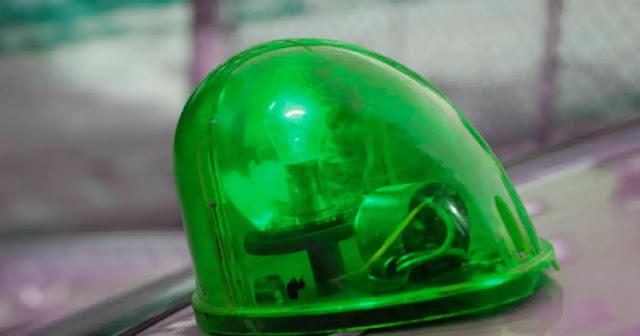Spotting a car adorned with striking green lights as you meander down the road might pique your curiosity. It's an uncommon sight, sparking questions like, are the occupants just indulging in some spirited festivity or maybe an early celebration of St. Patrick's Day? Interestingly, these green lights serve a precise and vital purpose, which we’re eager to illuminate.
Contrary to what it might seem, green lights on a car are far from a whimsical decorative choice. These lights serve as an indicator that the vehicle is affiliated with an emergency medical service provider. In essence, when you encounter a car flashing green lights, it's communicating a critical message: “Make way; there’s an urgent need for medical assistance nearby!”
Medical Significance of Green Lights
Vehicles with green lights are predominantly associated with volunteer or private ambulances and medical transport services. Their mission is pivotal in ferrying patients, particularly those necessitating non-emergency medical attention, like routine check-ups, dialysis sessions, or senior care.
While the conventional red and white lights are reserved for emergency vehicles, such as firetrucks and ambulances, tasked with managing urgent scenarios, vehicles with green lights focus on delivering safe and serene transit to individuals requiring medical attention but not in imminent danger.
Green lights enable these specialized vehicles to traverse traffic more smoothly and promptly, ensuring that individuals on board make it to their medical appointments or treatments punctually and without being ensnared in traffic.
Legal Aspects Pertaining to Green Lights
The question may arise: Can just anyone affix green lights to their vehicle and claim to be a medical service provider? The answer is, unequivocally, no. Stringent regulations typically govern the usage of green lights, and procuring a set of green LEDs for your vehicle isn't a straightforward affair.
Usually, regulations mandate that the vehicle be officially registered with the local medical transportation authority, and the operators must satisfy certain criteria to guarantee the safety and health of passengers. It isn't as simple as it might superficially appear.
Misappropriation or misuse of green lights should be reported to relevant authorities immediately, as it jeopardizes patient safety and impedes the regular flow of traffic, demanding serious attention.
In Conclusion: Recognizing the Signal
The next time a vehicle with green lights crosses your path, remember it's not merely an arbitrary color selection. It's a distinct signal indicating the vehicle is part of a medical service, possibly transporting someone to a vital medical appointment.
These green lights are crucial, aiding vehicles in navigating through traffic and ensuring punctual arrivals to destinations. They serve to ascertain that those requiring non-emergency medical care can avail it without unwarranted delays.
In a wrap, those green lights you encounter during your travels are also instrumental in safeguarding lives, much like their red and white equivalents. So, when you next cross paths with a vehicle flaunting green lights, accord them the right of way, and take pride in playing a role in assisting those in need of medical attention.

